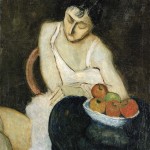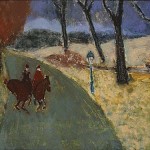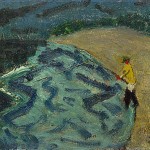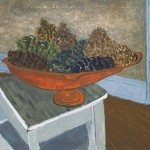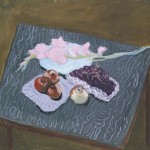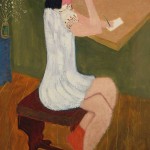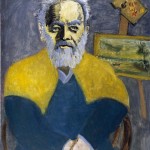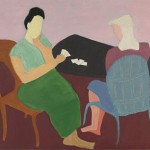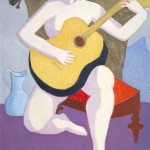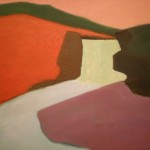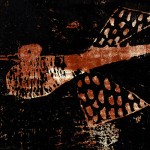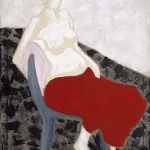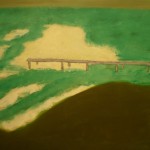Milton Avery
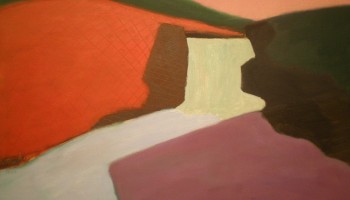
Although Milton Avery was not an abstract artist, we have decided to include his work because of our admiration of him as an artist and his contribution to modern art.
Milton Avery was a modern artist born in Altmar, New York on March 7, 1885. Having been born into a working-class family, Milton Avery began working at a local factory at the age of 16 and supported himself for many years with a succession of blue-collar jobs. His brother-in-law in died in 1915 leaving Avery as the only adult male in his immediate family tasked with the responsibility of supporting his nine female relatives. He moved to Connecticut in 1898. His attraction to art led him to start taking classes at the Connecticut League of Art Students in Hartford, and during the course of the next several years, he painted in obscurity while receiving traditional art instruction. In 1917, he began working at night which enabled him to paint during the day.
Click here to continue reading this biography
He eventually relocated to New York City in 1925. It was there that he met and married a young art illustrator by the name of Sally Michel. They gave birth to a daughter named March Avery (1932) who would also become an artist. Because of his wife’s steady income, Milton Avery was now in a position to follow his desire to paint full time and enrolled at the Art Students League in New York. His works were exhibited at the Society of Independent Artist in 1927. Two of his works were on display at a group exhibition at the Opportunity Gallery in 1928. Here, Avery met his life-long friend artist Mark Rothko. That same year he had his first solo exhibition in New York at the Frank K.M. Rehn Gallery.
Milton Avery spent most of his early career working in New York, painting in a style inspired by Matisse. He was one the very few advocates of Matisse’s style until the next generation of artists such as Rothko and Gottlieb appeared on the New York art scene in the 1940’s. Avery would continue painting on his own developing a uniquely independent style until the very end. Now considered by many to be one of America’s greatest modern artists, Milton Avery pushed representation to the brink of abstraction with his witty, spare and graceful style. Although he never converted to pure abstraction, his later painting would border on the non-representational.
Although Milton Avery spent most of his life with only the most minor recognition, he began in 1957, just eight years before his death, to receive the attention he deserved. Hilton Kramer, a well known art critic for the New York Times once wrote “Milton Avery posses the finest eye for color in the entire history of American painting”. There are many who would agree with that statement even though he wasn`t discovered by the art community until the 60’s or the general public until 1982, when a retrospective of Avery’s work was held at the Whitney Museum of American Art in New York. Today, Avery is revered as both a pioneer and an innovator of modern art.
- Photograph of Milton Avery
- Sally Avery with Still Life – 1926
- Milton Avery – The Steeplechase, Coney Island
- Winter Riders – 1929
- Portrait of Raphael Soyer – 1935-40
- Bridge to the Sea – 1937
- Man Fishing – 1938
- Seated Nude – 1940
- Pine Cones – 1940
- Gladiolus – 1940
- Girl Writing – 1941
- Portrait of Louis M. Eilshemius – 1942
- Artist’s Wife – 1944
- Sketching by the Sea – 1944
- Card Game – 1944
- Bird and Breaking Wave – 1944
- The Artist’s Daughter in a Blue Gown – 1944
- Le Christ Jaune – 1945
- Nude with Guitar – 1947
- Red Rocks Fall – 1947
- March on the Balcony – 1952
- Flight – 1955
- Nude with Red Drape – 1956
- Birds over Sea – 1957
- Yellow Sky – 1958
- Stormy Day – 1959
- Speedboat’s Wake – 1959


